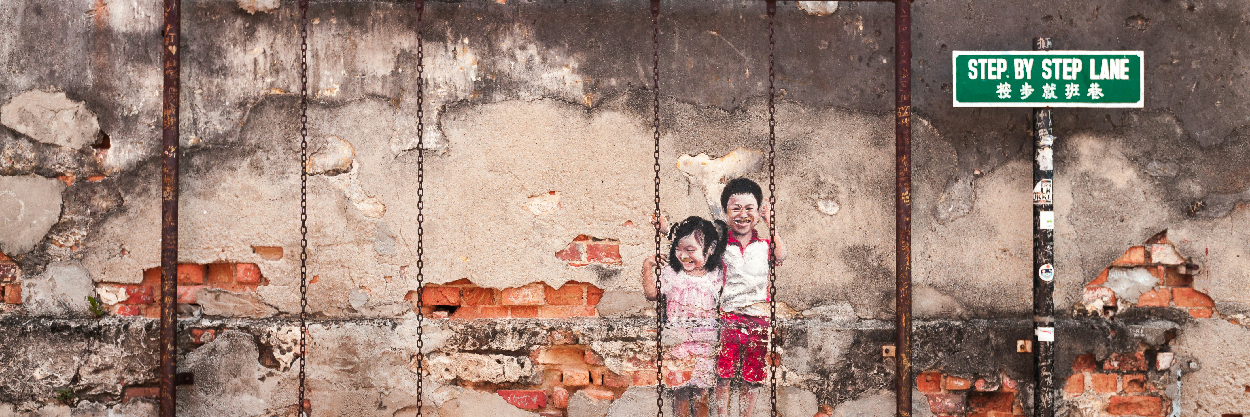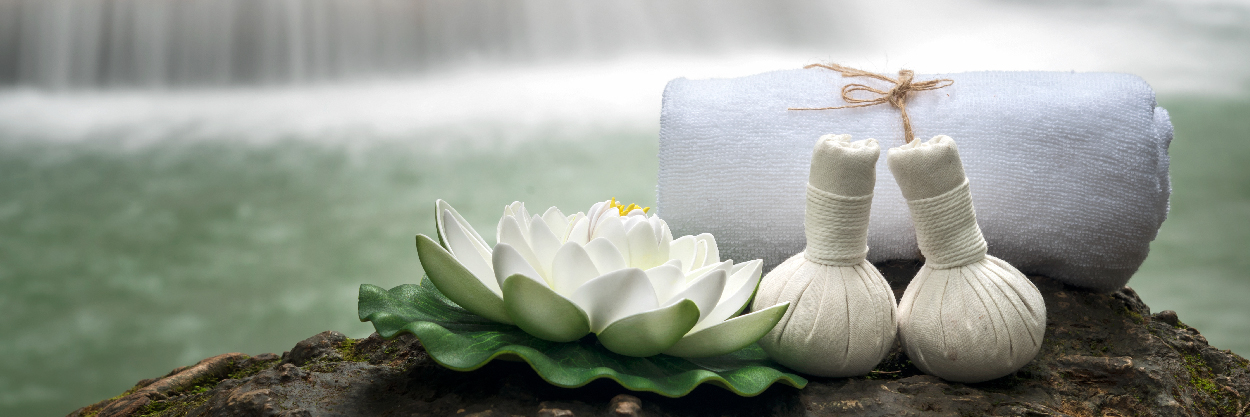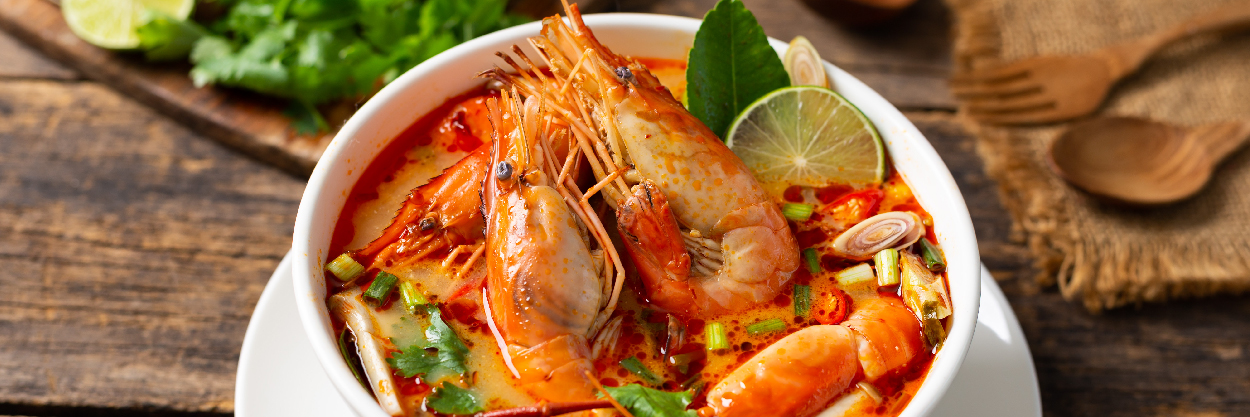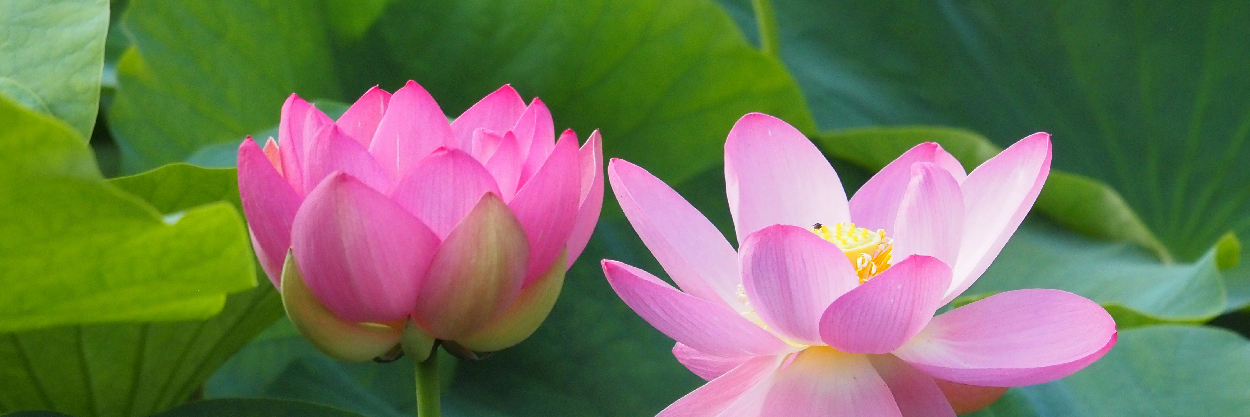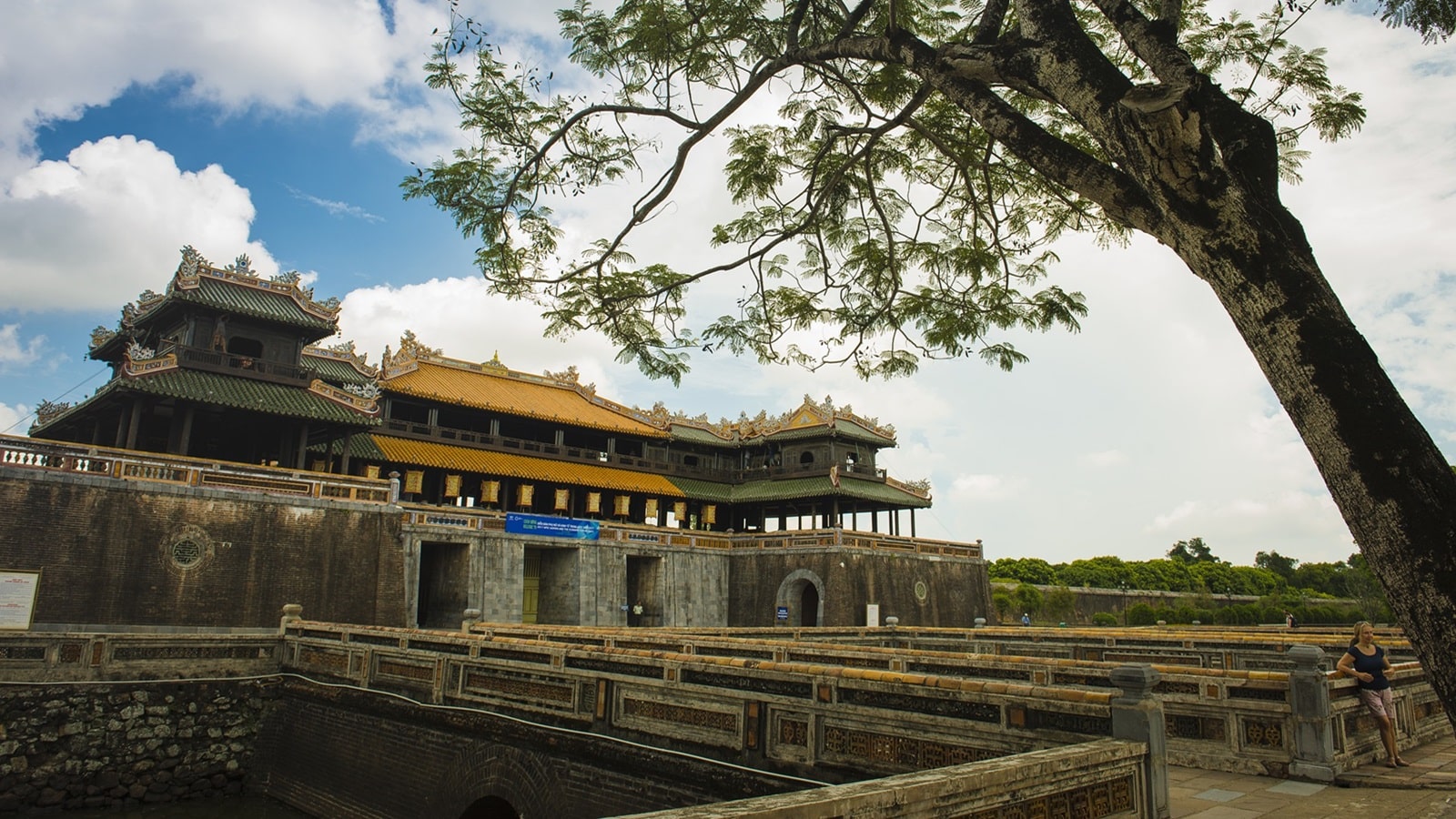
Full Day Imperial Hue from Hoi An
Full Day Imperial Hue
from Hoi An
Once the centre of an empire, nowadays Hue is the centre of those interested in the history
and splendour of what is so well conserved and has earned UNESCO protection. Tombs,
handicraft and the Perfume River are merely snippets of what can be expected
WHY THIS TOUR?
The ancient town of Hue has had a turbulent and rich history. Once it was an imperial city, later on, under the Nguyen dynasty, which ruled from 1802 to 1945, it was the nation’s capital. Nowadays, Hue is one of the most popular destinations for visitors to Vietnam.
Straddling the Perfume River, this mysterious, sombre city is a historian’s dream come true, with numerous 19th-century ruins, royal tombs and an excellent museum. Its historical part was declared a World Heritage site in 1993 by UNESCO.
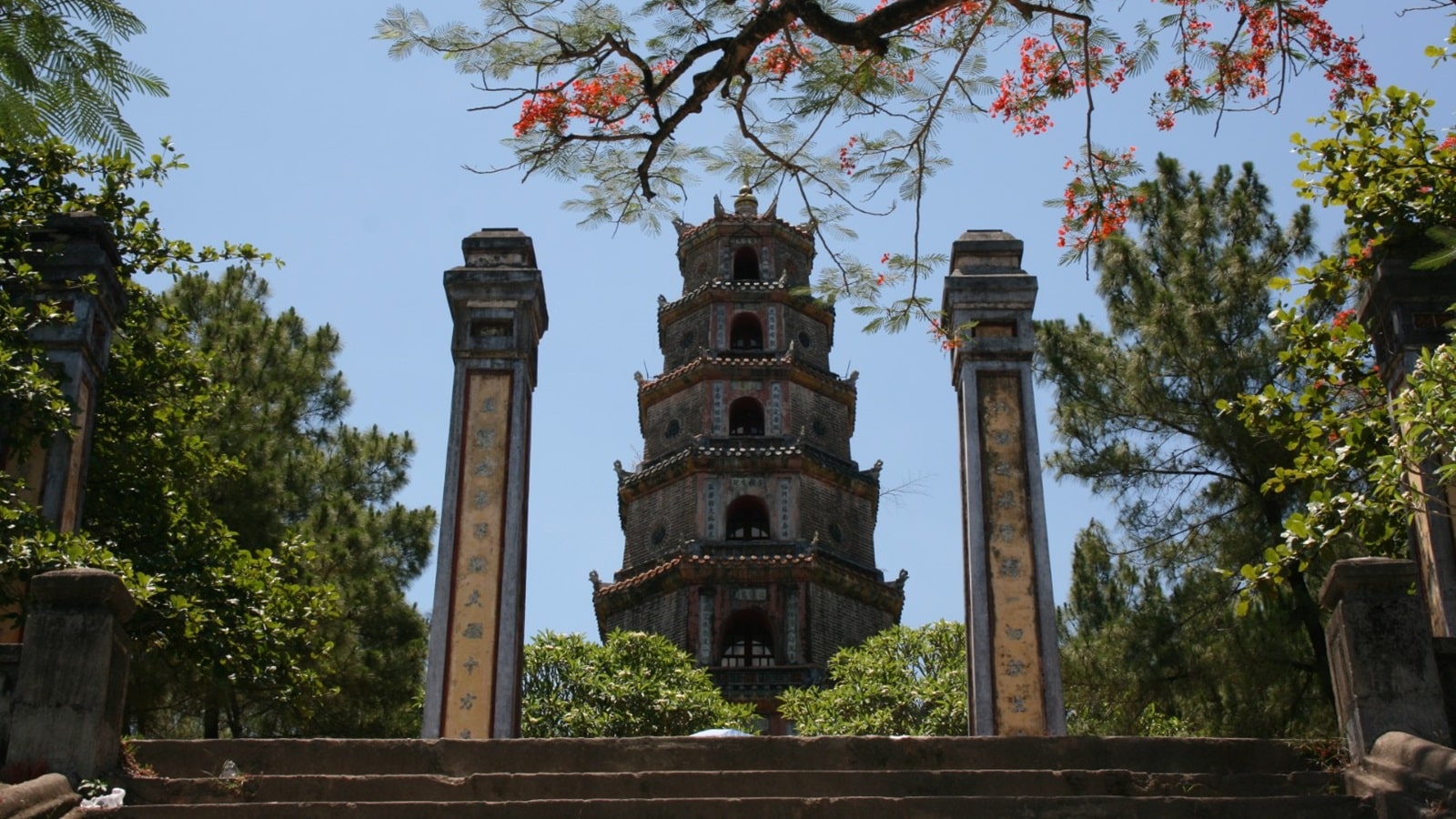
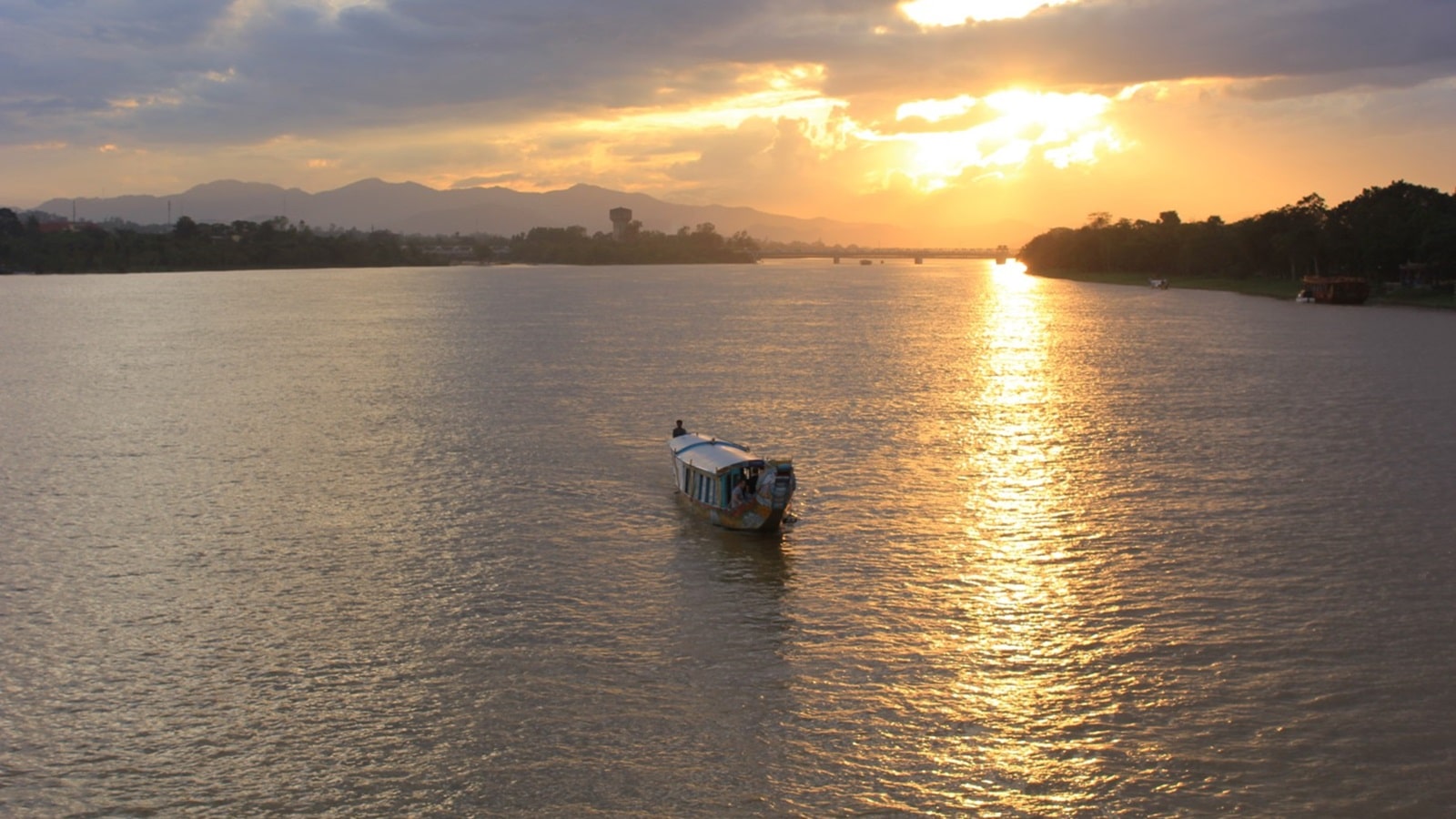
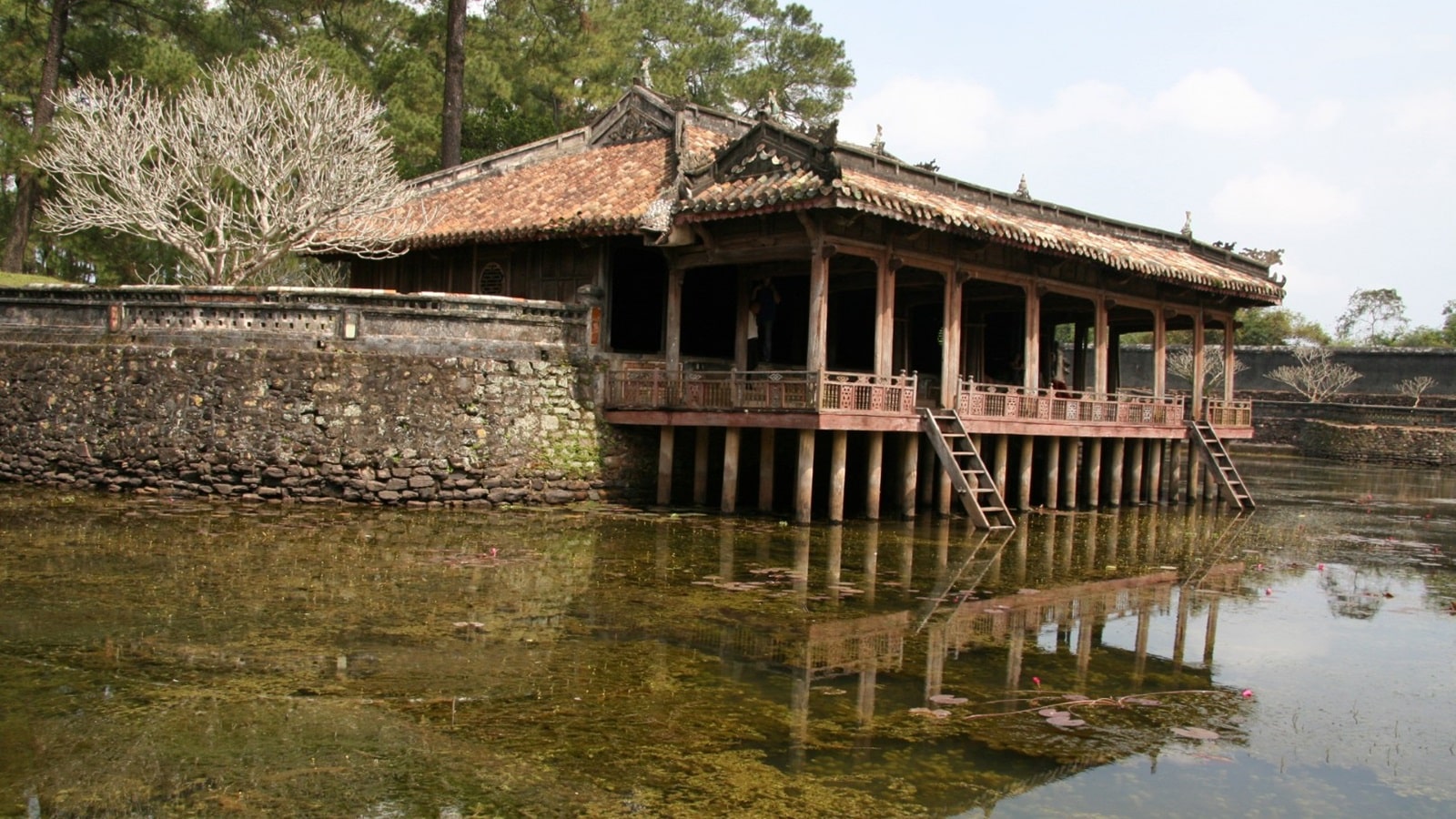
TRAIL ITINERARY
08:00 - 18:00
Early in the morning and ready guide you through the wonders of Hue, our English-speaking guide and driver will pick you up from your hotel in Hoi An and drive you to the embarkation point for our cruise over the Perfume River. A short boat cruise on the beautiful and romantic Perfume River will take you to the legendary Thien Mu Pagoda, which is not only a landmark but also one of the oldest ancient architectural structures for religious worship in Hue. The Thien Mu Pagoda (Heaven Fairy Lady Pagoda), also known as Linh Mu Pagoda, is one of the most fascinating and ancient pagodas in Hue city. It is situated on Ha Khe hill, on the north bank of the Perfume River, 5 kilometres from Hue city and was built in 1601.
A lunch, with dishes from the Hue royal cuisine, worthy of being connected to the culinary history of Hue is served at a local restaurant.
In the afternoon, the journey through imperial Hue continues with a focus on the southern bank of the river – the peaceful and impressive sepulchres of Emperors Tu Duc and Khai Dinh. The tombs will reveal to you some secrets about their dwellers, the Nguyen kings. The first tomb, the one dedicated to Tu Duc’s, is located in a narrow valley in Duong Xuan Thuong village. It is one of the most beautiful works of royal architecture of the Nguyen dynasty. This is followed by the tomb of Khai Dinh, 10 km outside of Hue. The construction of the tomb started in 1920 and lasted for 11 years. The architecture of this tomb is the most criticized of all the tombs of the Nguyen dynasty (1802 – 1945).
The Imperial City of Hue was the capital of Vietnam during the reign of the Nguyen dynasty, the last dynasty in Vietnam. Even today, the Vietnamese regard Hue with awe and respect. After this day, you will definitely share the same as we bring you back to your Hoi An overnight address.


